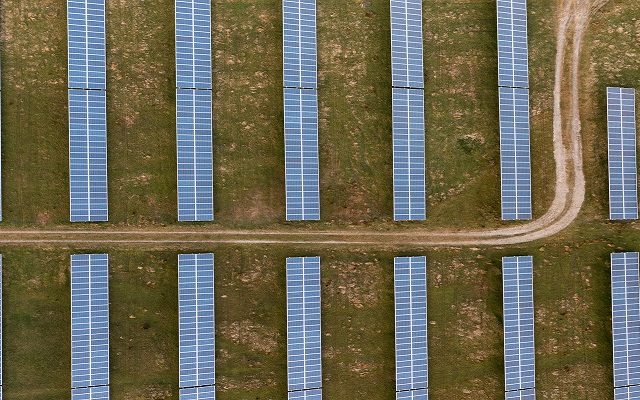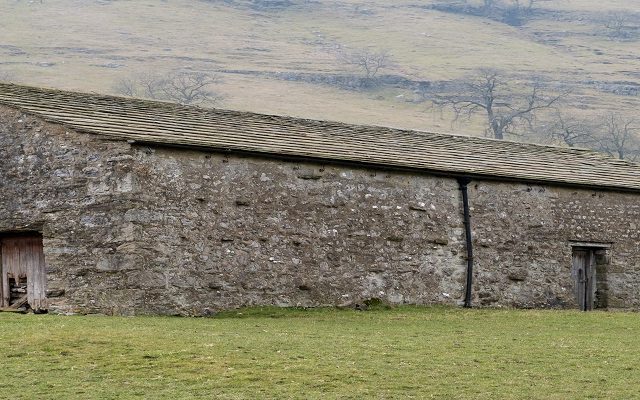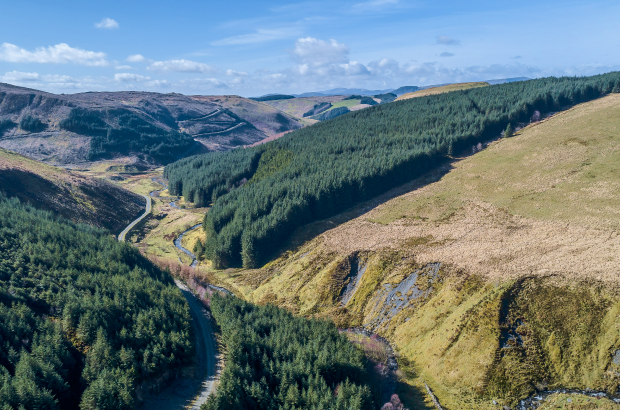Onshore windfarms – repowering and new opportunities
Many of the windfarms which were constructed and commissioned in the early 2000s are now approaching the end of their planning consents and leases.
As a result, there is increased interest from both existing operators and new developers about repowering existing sites (replacing older turbines to benefit from newer more efficient technologies) and, where suitable, the expansion of such sites.
Onshore wind went through a period of boom with the advent of Renewables Obligation Certificates (ROCs) and the Feed-in Tariff (FiT) subsidy regimes, but the peak was seen in 2017 after those schemes were commissioned using the last of the pre-accredited schemes.
However, new schemes are emerging, particularly following the announcement from the UK Government last year that what are called Pot One technologies (onshore wind and solar) will, once again, be eligible to bid in the biennial Contracts for Difference (CfD’s) auctions.
Opportunities for new windfarm developments
As a result, there are opportunities for new onshore wind developments. These can be where existing sites are reaching the conclusion of their initial operational and contractual terms, or, where a pre-existing site has the ability to be extended with sufficient capacity in the grid network.
This can give rise to some difficult questions about what the best options are for landlords and developers alike, with regard to existing sites, the extension of current agreements or alternative options to take forward and renegotiate alongside the changed financial landscapes. Not least, there are also practical issues to consider such as existing output and curtailment, as well as grid capacity and any upgrades necessary or cross-over with existing subsidy regimes.
Planning considerations for onshore windfarms
The planning background is also a crucially important starting point, as this governs the basis of all such opportunities. Whether re-powering, creating a new site or the extension of an existing one, the planning position is fundamental to being able to erect new turbines.
Many early planning approvals were time limited by Local Authorities in order to protect the landscape and the local area. It provided an opportunity to review any impacts in the future. Subsequent approvals were not so limited where authorities become comfortable with the industry and its associated impacts, and instead made the permission subject to certain conditions. Therefore, even with existing sites, it is important to consider the conditions and whether these require to be revisited before embarking on a new project.
In helpful clarification, it has been confirmed that in Environmental Impact Assessments for existing windfarms, the baseline is the presence of an existing windfarm as opposed to requiring to consider it before any such development was in place . This all helps in understanding the baseline for further proposals.
With increasing improvements to design and efficiency of turbines, they have become more powerful and with longer blades. Where turbines have been operated under a subsidy scheme they will likely have been limited in their output to match the subsidy criteria. Now, where such development is being considered under the new CfD subsidy basis, or subsidy-free, these constraints do not apply, but it is important to consider the warranty or operational life of the asset. The driving force will be the rate of return on capital investment. The more electricity a turbine can generate, and the cheaper they are to install and commission, the better the return.
These are all factors which will be required to be put forward to obtain planning approval in order to progress a development. With existing sites there may be the potential of an easier track to gain permission for an extension, as opposed to the cumulative impact assessment that may be necessary for a new site.
With the UK and Scottish government’s ambitious plans for a carbon neutral energy grid and the removal of fossil fuels and the electrification of vehicles, there is considerable scope for increasing numbers of all renewable energy projects. But for the onshore wind industry in particular, as a mature and established sector where many of the costs and issues around delivery are already well known, there is renewed enthusiasm over the recent changes to enable more schemes to be brought forward and unlock the additional benefits such projects may provide.
In order to translate successful opportunities to operational schemes it is important to consider the rationale behind the proposals (extension, repowering, new site) to enable the right approach to be made with the right advice.






